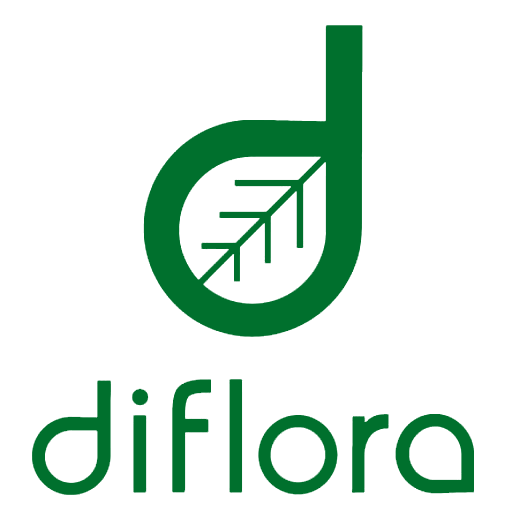The genus Pinguicula includes several carnivorous plants belonging to the family Lentibulariaceae.
The trapping mechanism of these fascinating carnivorous plants is similar to that of Drosera; like Drosera, they produce a sticky secretion capable of trapping small insects. However, they differ from Drosera in appearance. Pinguicula resembles a succulent plant with large, ground-hugging leaves, and the upper surface of the leaf is completely covered with numerous glandular cells that secrete the “glue,” which are much smaller and denser than the glands of Drosera.
Pinguicula grows in ecosystems that are extremely different from each other and is found in many areas around the globe. As a result, it is necessary to divide them into two main groups to understand their nature:
-Mexican (or tropical)
-Temperate
So, two practically opposite climates! The first do not require a true dormant period, while the second form a hibernaculum in winter.
Let’s now look in more detail:
Sun Exposure
–Mexican Pinguicula: They love heat but tend to suffer from direct sunlight during the hottest hours of the day, so it is advisable to provide some shade.
– Temperate Pinguicula: If temperatures do not exceed 25°C, they love full sun all day. Otherwise, it’s best to shelter them during the hottest hours of the summer.
Water
-Mexican Pinguicula: Demineralized water, rainwater, or condensation should always be present in the saucer during summer, with the soil kept only slightly moist in winter.
-Temperate Pinguicula: Demineralized water, rainwater, or condensation should be abundant in the saucer during summer, but the water supply should be reduced in winter without letting the substrate dry out completely.
Substrate
The substrate is a vast topic when it comes to Pinguicula, as there are species that prefer calcareous soils while others prefer acidic ones.
Here, we’ll try to illustrate some “universal” substrates:
–Mexican Pinguicula: A mix of acidic sphagnum blonde peat, perlite, and silica sand in equal parts. Some species appreciate the addition of vermiculite or fine volcanic lapilli, as these help to “buffer” the acidity of the peat. Some growers cultivate certain Mexican Pinguicula by placing them on blocks of tuff, where cavities are made and filled with a mix of crushed tuff and a little peat.
–Temperate Pinguicula: A 50% mix of acidic sphagnum blonde peat and 50% perlite. Some growers have achieved excellent results by mixing peat, perlite, and silica sand in a 2-1-1 ratio, adding a little vermiculite. For alpine Pinguicula, a mix of peat, perlite, and vermiculite in a 1-2-1 ratio is recommended.
Winter
-Mexican Pinguicula: They can tolerate temperatures down to 5°C. During winter, water intake should be drastically reduced, and the soil should be kept nearly dry.
During the winter period, some tropical Pinguicula do not undergo significant morphological changes, while others produce succulent, non-carnivorous, short leaves in large numbers, forming a sort of “rosette” during the dry period.
-Temperate Pinguicula: They can withstand temperatures as low as -10°C, especially alpine species. They form a protective hibernaculum and do not require special care. Water intake should still be reduced.


